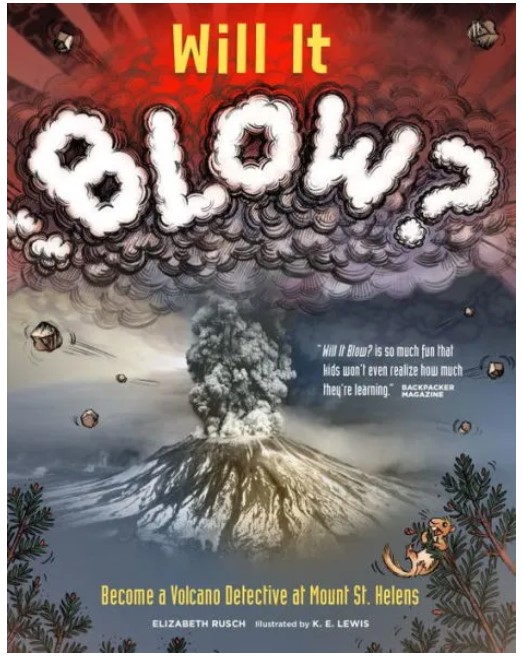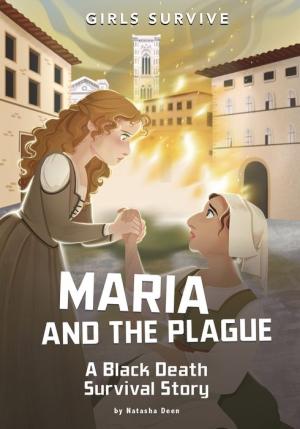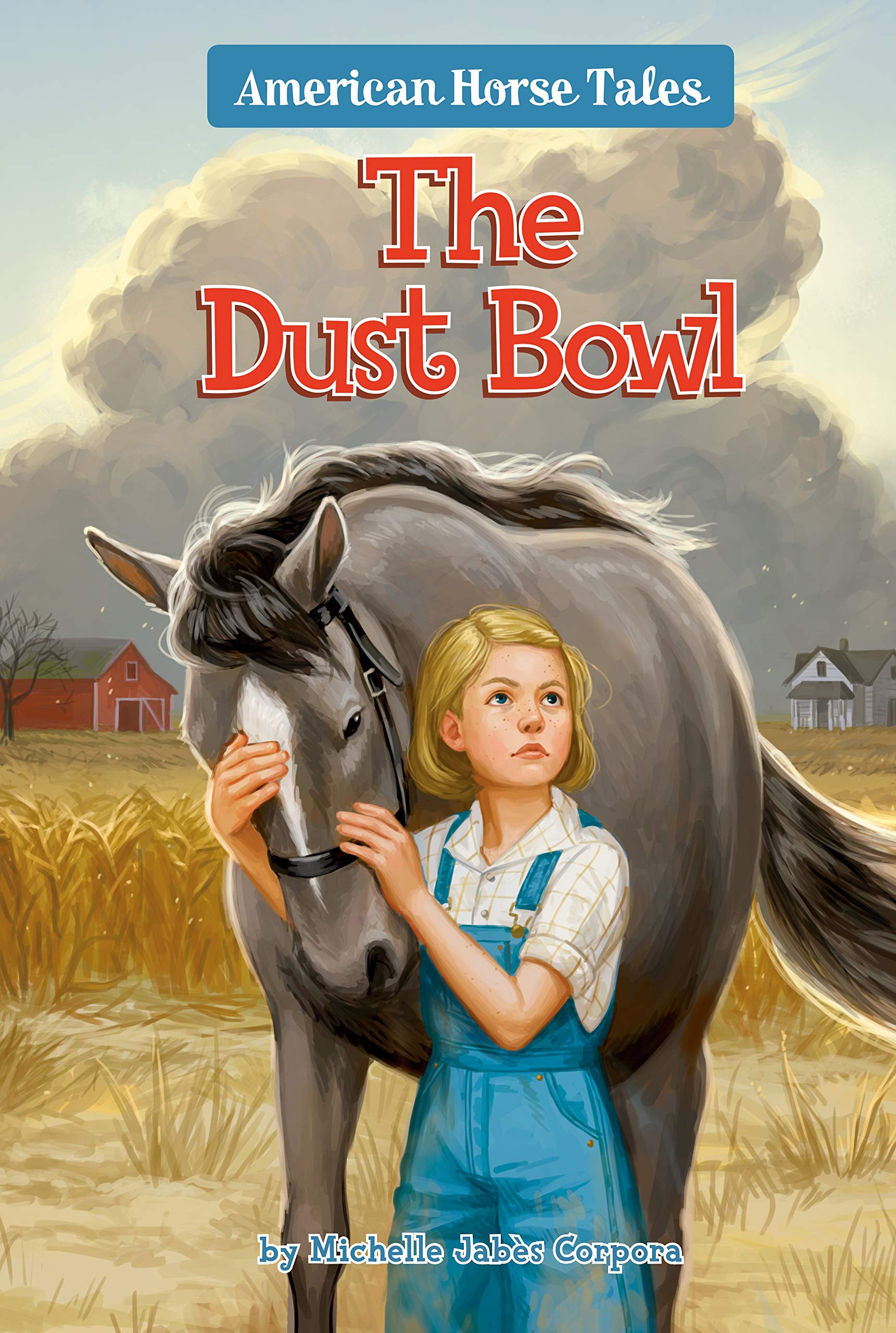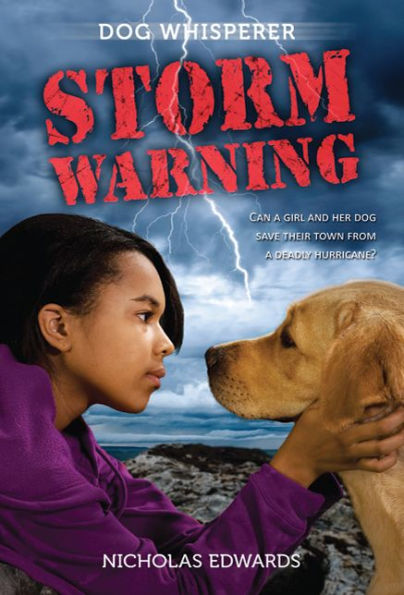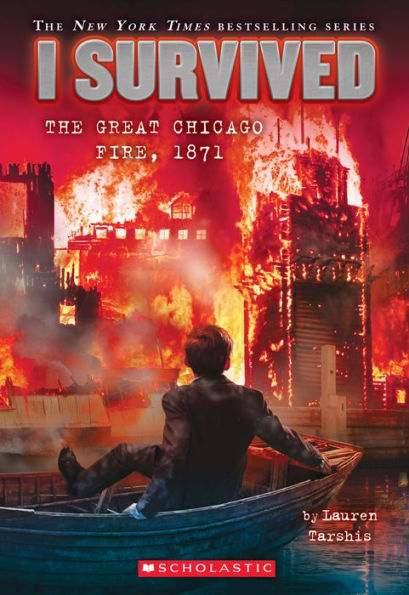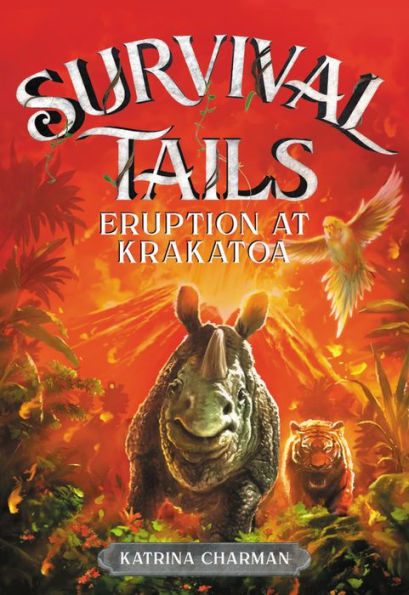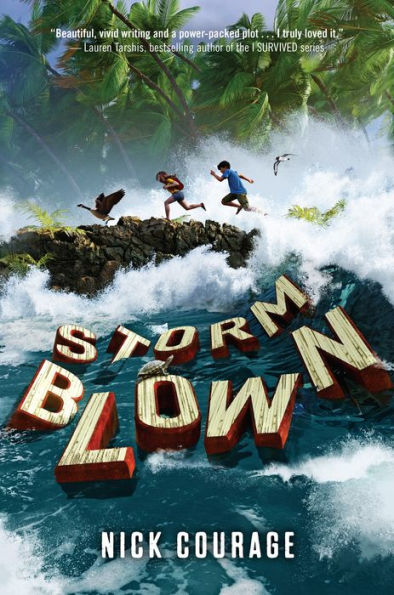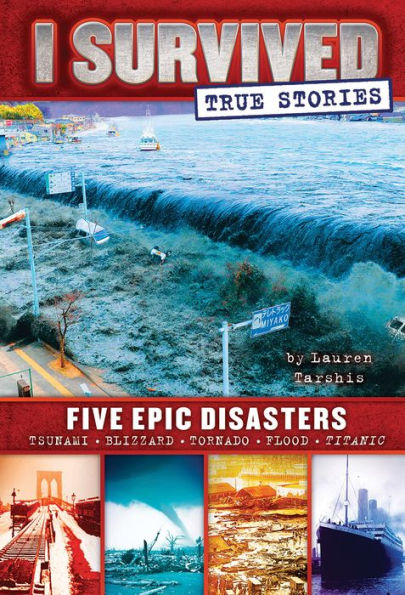Will Mount St. Helens erupt again? Will it spit lava or unleash a deadly mudflow? Learn how to be a volcano detective, sifting through the evidence, searching for clues, and solving real-life cases. This classroom favorite has won numerous awards, including being named a Washington Reads pick, a Natural History Magazine Best Book for Young Readers, and an Oregon Book Award finalist.
Will It Blow? is a highly entertaining book that uses a unique premise to educate readers about volcanoes. Treating the volcanoes like a criminal who needs to be “caught red-handed,” allows readers to interact with the text by learning how to “decipher” volcanic clues, “crack cases,” and “predict volcanic eruptions.” Along the way, readers will explore Mount St. Helens’ real volcanic activity and try to determine if the volcano is about to blow.
The book includes volcano vocabulary, five short chapters that discuss different types of volcanic activity, and a list of additional sources. To make the facts easy to understand, the book uses short paragraphs, lists, infographics, photographs, and illustrations. Each page has illustrations to help readers understand volcanic activity. For example, one page shows the different seismograms of Mount Saint Helens, while another page shows what the volcano looks like deep underground. Another feature that will delight readers is the “Detective in Training” pages, which encourage readers to make a human seismograph, a soda bottle volcano, and other scientific experiments.
Even though Will It Blow? has a fun format, younger readers will need assistance with the advanced vocabulary and sentence structure. For example, when discussing glass shards, “The detectives wondered: Would the eruptions continue? Did the glassy fragments mean a new batch of deep, possibly gas-rich magma was surging up? Would this eruption turn explosive? What do you think?” While some of the terminology may be difficult for readers, many of the concepts are explained in a kid-friendly manner that is easy to understand. For instance, the earth is compared to a peanut M&M, and not because “it’s crunchy and chocolatey when you bite into it. . . Because it has three layers, just like a peanut M&M.”
Will It Blow? will appeal to readers who want to learn more about volcanoes, and the book’s fun format and interesting facts will keep most readers interested in the entire book. The book’s educational value and readability make it a perfect book for the classroom as well as at home. Curious readers who love Ada Twist, Scientist, and The Magnificent Makers by Theanne Griffith will find Will It Blow? a perfect addition to their reading library.
Sexual Content
- None
Violence
- None
Drugs and Alcohol
- None
Language
- None
Supernatural
- None
Spiritual Content
- None
